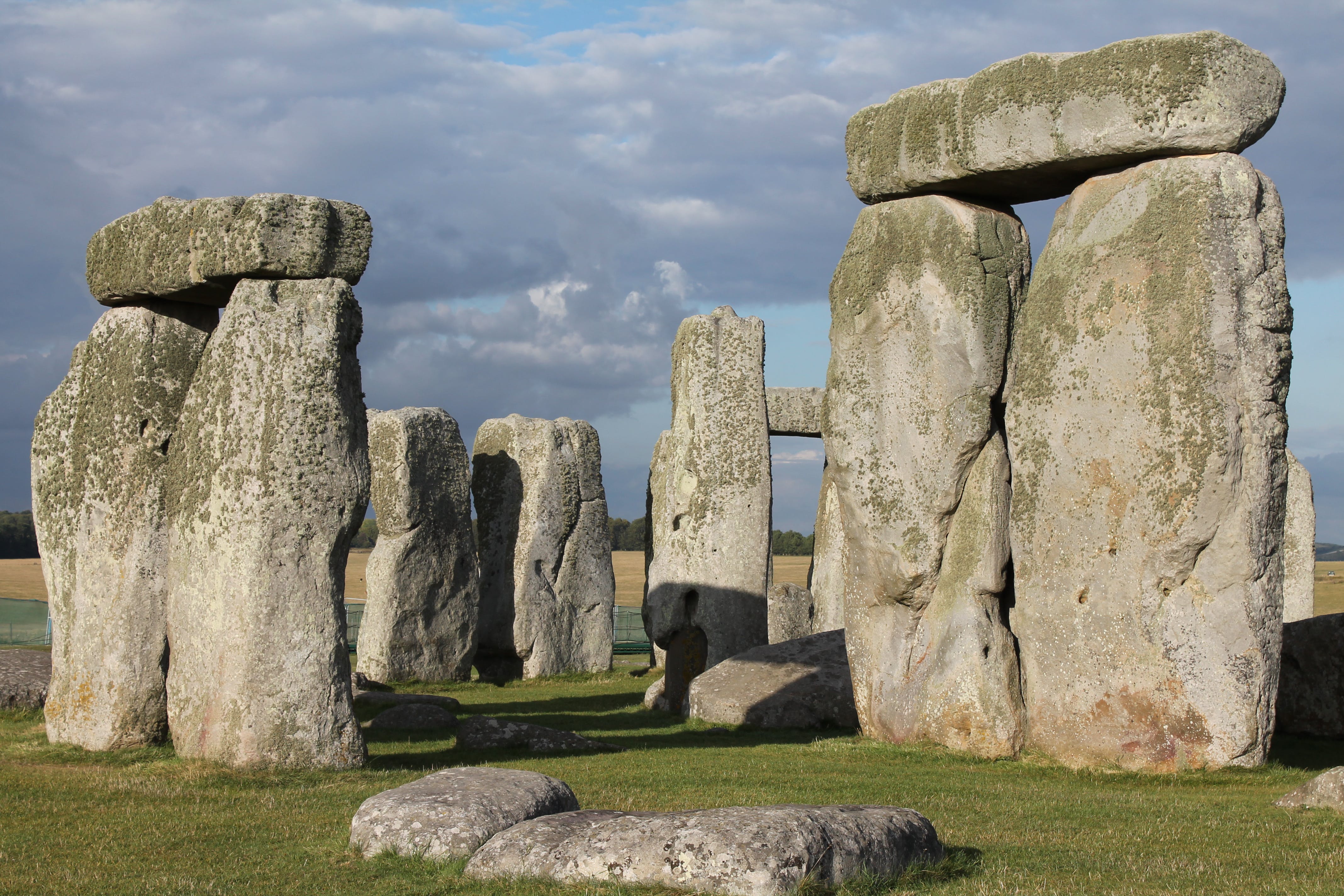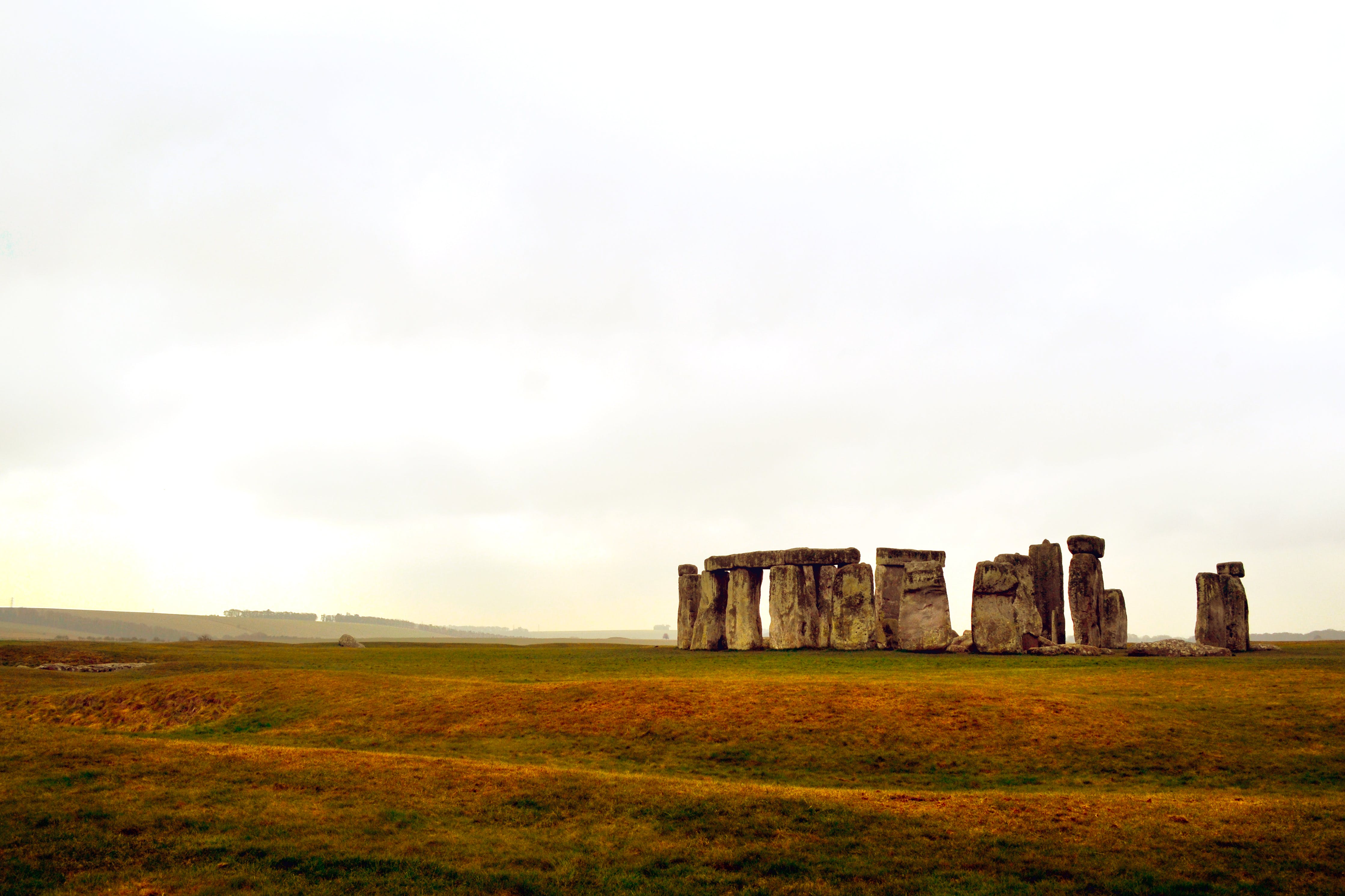Some good things happen overnight, but Stonehenge isn’t one of them. The site as we currently know took 1,500 years to take form.
Like how the social, religious, and ethnic nature of its ancient Neolithic builders evolved during this time, so did the Stonehenge site. Construction stretched many different periods, all lasting hundreds of years.
Historians and archaeologists have speculated about the many uncertainties of Stonehenge history for centuries. Here, you will know how it was built according to many modern scholars.

How Was Stonehenge Built?
The most famous prehistoric structure in the UK was constructed in many phases, with the first built 5,000 or more years ago. Here you will discover what happened in each phase.
The First Monument
A circular earthwork enclosure was the first monument at Stonehenge. With basic antler tools, a ditch was dug, and the chalk stacked up to create an internal and an external bank.
A ring of 56 timber or stone posts was placed inside the ditch. Over several hundred years, the structure has been used as a cremation cemetery.
The site was converted by the building of central stone arrangements around 3000 BC. To create a unique monument, massive sarsen stones and smaller bluestones were raised. It took a massive effort from hundreds of well-organized individuals to erect Stonehenge.
How Were the Stones Transported?
At Stonehenge, there are two kinds of stone, the sarsen stones and ‘bluestones‘. The sarsen stones are a kind of silcrete rock that is widely dispersed throughout southern England.
Sarsens weigh an average of 25 tons, with the largest stone, the Heel Stone, weighing approximately 30 tons. Research using a novel geochemical method identified the particular source of sarsens– West Woods, south-west of Marlborough.
The smaller stones at Stonehenge, weighing between 2 and 5 tons each, are Bluestone. These are of varying geology, but they all originated from south-west Wales in the Preseli Hills. They do not look blue, but when freshly broken or when wet, they have a bluish tinge.
Some people claim that glacier movement may have carried the bluestones to Salisbury Plain, but most archaeologists think that they were brought by human labor. It is likely that the stones were both carried and hauled over land through water networks.
How Were the Stones Shaped?
A study of the latest laser survey of the stones showed the various methods of stoneworking used and shown that some sections of the monument were done more deliberately than others.
The north-east side, specifically, and the inward faces of the central trilithons were carefully tailored. In order to fit in the horizontal lintels the upright stones, mortice holes and protruding tenons were made.
By using tongue and groove joints, the lintels were placed together. Typically, these types of joints are used only in woodworking.
How Were the Stones Raised?
People dug a wide pit, with a sloping side, to erect a stone. There was a row of wooden stakes lining the back of the hole.
Using plant fiber ropes and possibly a wooden A-frame, the stone was then pushed into place and hauled vertically. To further raise the stone up, weights may have been used. The hole was then securely covered with debris.
To lift the horizontal lintels into place, timber platforms were possibly used. Then, in order to ensure a good fit in the lintel mortice openings, the final stage of forming the tenons took place.

Stonehenge’s Purpose
There is clear archaeological proof that Stonehenge, at least for part of its long existence, was used as a burial place, although most scholars agree it served other purposes as well.
It was thought to be either a ceremonial site, a final resting place for royalty, a venue for religious pilgrimage, or a memorial erected to remember and maybe to communicate with prehistoric ancestors spiritually.
Gerald Hawkins proposed in the 1960s that the collection of megalithic stones functioned as an astronomical calendar, with astrological events such as solstices, equinoxes, and eclipses referring to various points.
Conclusion
The reality that Stonehenge was not built quickly should not reduce the undertaking’s significance.
No first-time exploratory trip to England is complete without checking out Stonehenge and sending yourself 3000 years back in history.































